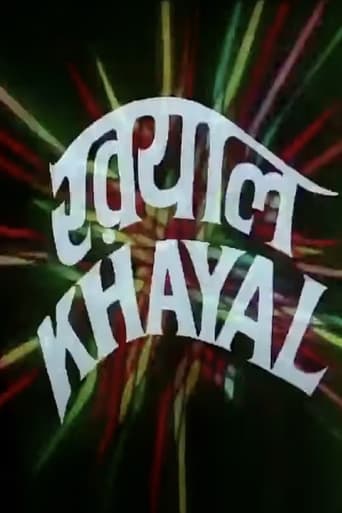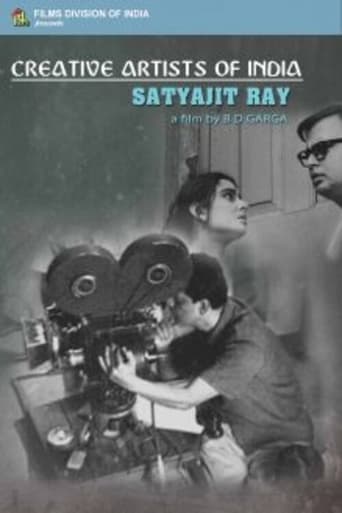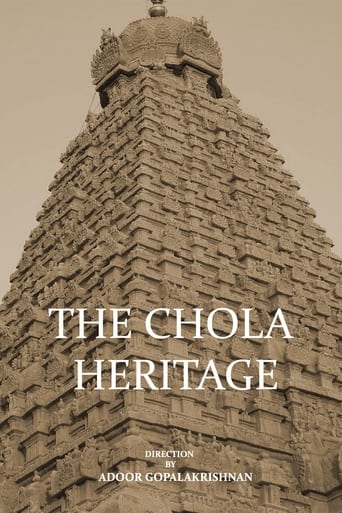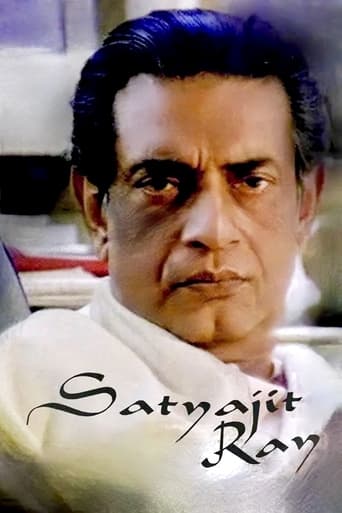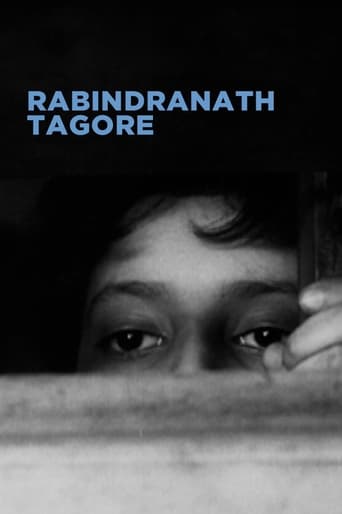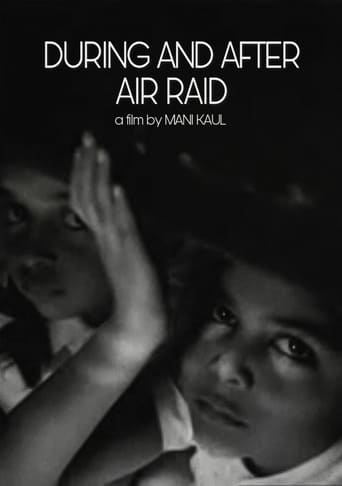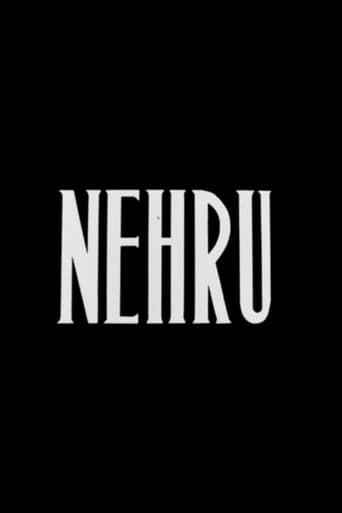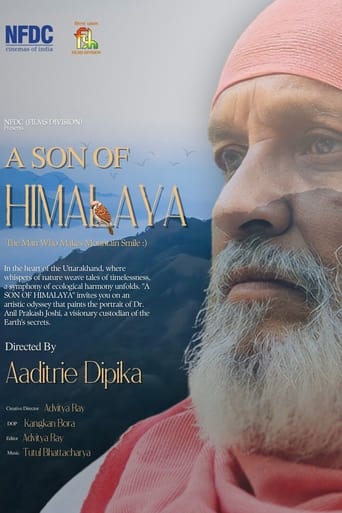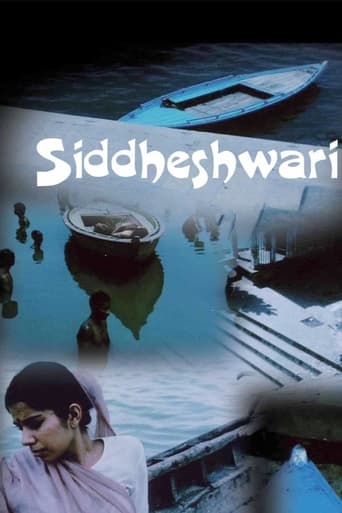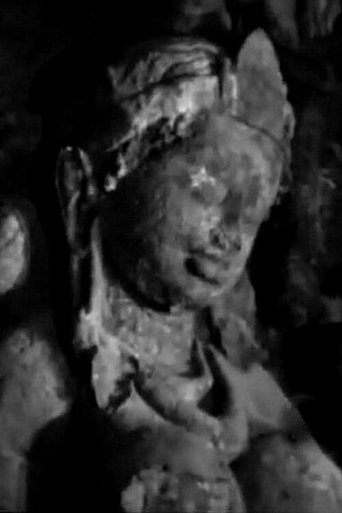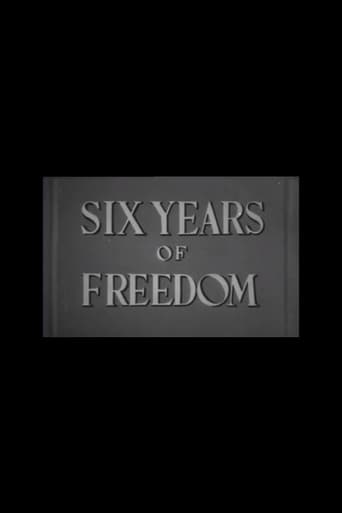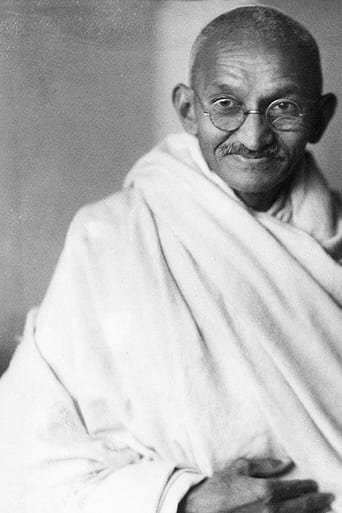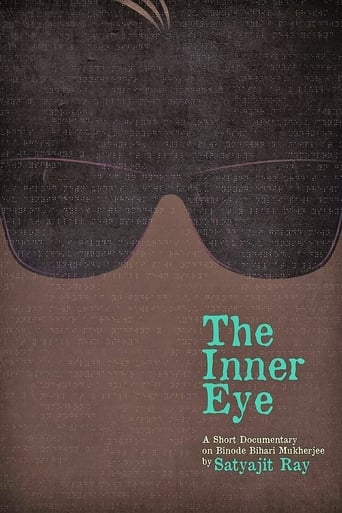Khayal 1987
Here in this film about the Indian classical music, the sitar maestro Pt. Ravi Shankar and the santoor maestro Pt. Shiv Kumar Sharma explaining their concepts of a raga, a gharana, and their world of music. Characteristics of various gharana/schools such as the Jaipur gharana, the Kirana gharana, the Agra gharana, the Patiala gharana, the Mewati gharana are explained along with the contribution made by their leading exponents.
